Reduce Wounding
![]()
Wounding can be an unintended consequence of hunting. It is important to reduce wounding to improve animal welfare outcomes, reduce waste, and ensure duck hunting in Victoria remains sustainable and responsible.
Factors that can contribute to wounding include poor shooting skills, shooting beyond your shooting skills distance and the capability of the technology, a lack of knowledge about correct equipment choices, animal anatomy and shot placement, and lack of a retrieval strategy. These apply to hunting all game species.
By following these simple actions, hunters can significantly reduce waterfowl wounding and ensure the ongoing sustainability of duck hunting in Victoria.
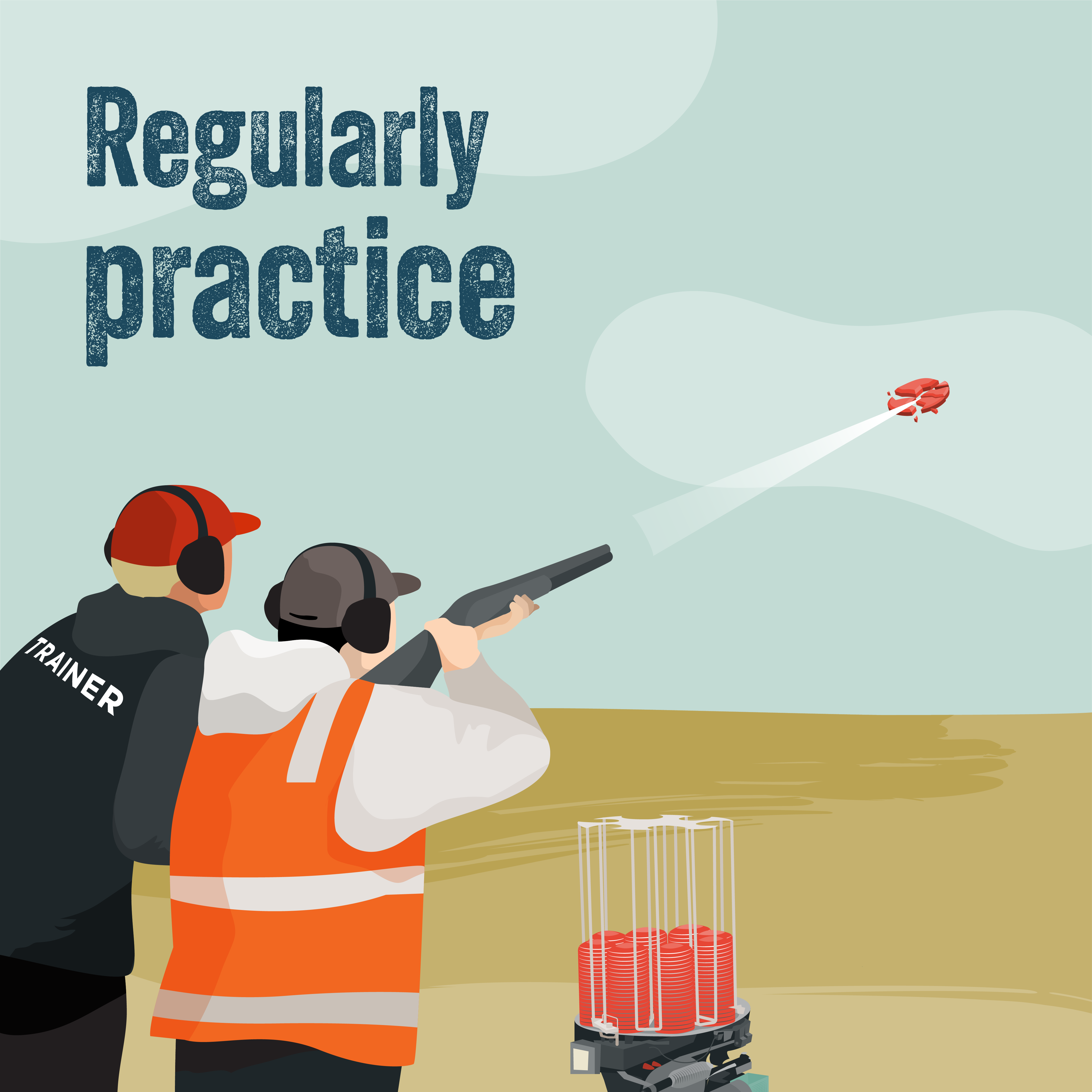 Developing and maintaining proficient shooting skills is a fundamental part of being a responsible and effective gamebird hunter. Poor shooting skills is considered the number one cause of wounding.
Developing and maintaining proficient shooting skills is a fundamental part of being a responsible and effective gamebird hunter. Poor shooting skills is considered the number one cause of wounding.
The best way to develop and maintain good shooting skills is through regular and meaningful clay target shooting practice. Get an experienced hunter or shooting trainer to give you expert advice on your stance and gun mount. Regularly practise on a variety of clay targets, but importantly, focus on ones that present like common duck hunting angles, especially incoming and left to right and right to left crossing shots.
Simulated field (or sporting) clay target shooting is also a great for practising a variety of targets that are similar to flying game birds.
Contact Field and Game Australia (FGA), Sporting Shooters Association of Australia (Victoria) (SSAA) or your local gun club for opportunities to regularly practice your shotgunning skills.
More information about how to be a better game bird hunter can be found in the Shotgunning Education Program Handbook Be a Better Game Bird Hunter. The Gamebird Hunting Essentials Masterclass is run by FGA and SSAA and is also available to keen hunters looking to become a more effective game bird hunter.
Pattern testing
![]() Pattern testing is a simple way to assess the performance of your chosen choke and shotshell combination at a known distance. Shotgunners should pattern test their shotguns so that they have a clear understanding of how their gun and chosen cartridge ammunition performs and how effective it will be in cleanly dispatching birds.
Pattern testing is a simple way to assess the performance of your chosen choke and shotshell combination at a known distance. Shotgunners should pattern test their shotguns so that they have a clear understanding of how their gun and chosen cartridge ammunition performs and how effective it will be in cleanly dispatching birds.
Pattern testing is a practical exercise that involves shooting a choke and shotshell combination onto a patterning board. This should be undertaken at distances you are likely to encounter game birds in the field and within your maximum shooting skills distance (no more than 30 metres for most hunters).
Pattern testing your gun will give you a better understanding of how your gun and ammunition performs, will make you a more effective hunter and will reduce the risk of wounding birds in the field.
More information about how to pattern test your gun and how to be a better game bird hunter can be found in the Be a Better Game Bird Hunter handbook.
The video below provides handy tips on how you can practice to be a responsible and effective gamebird hunter.
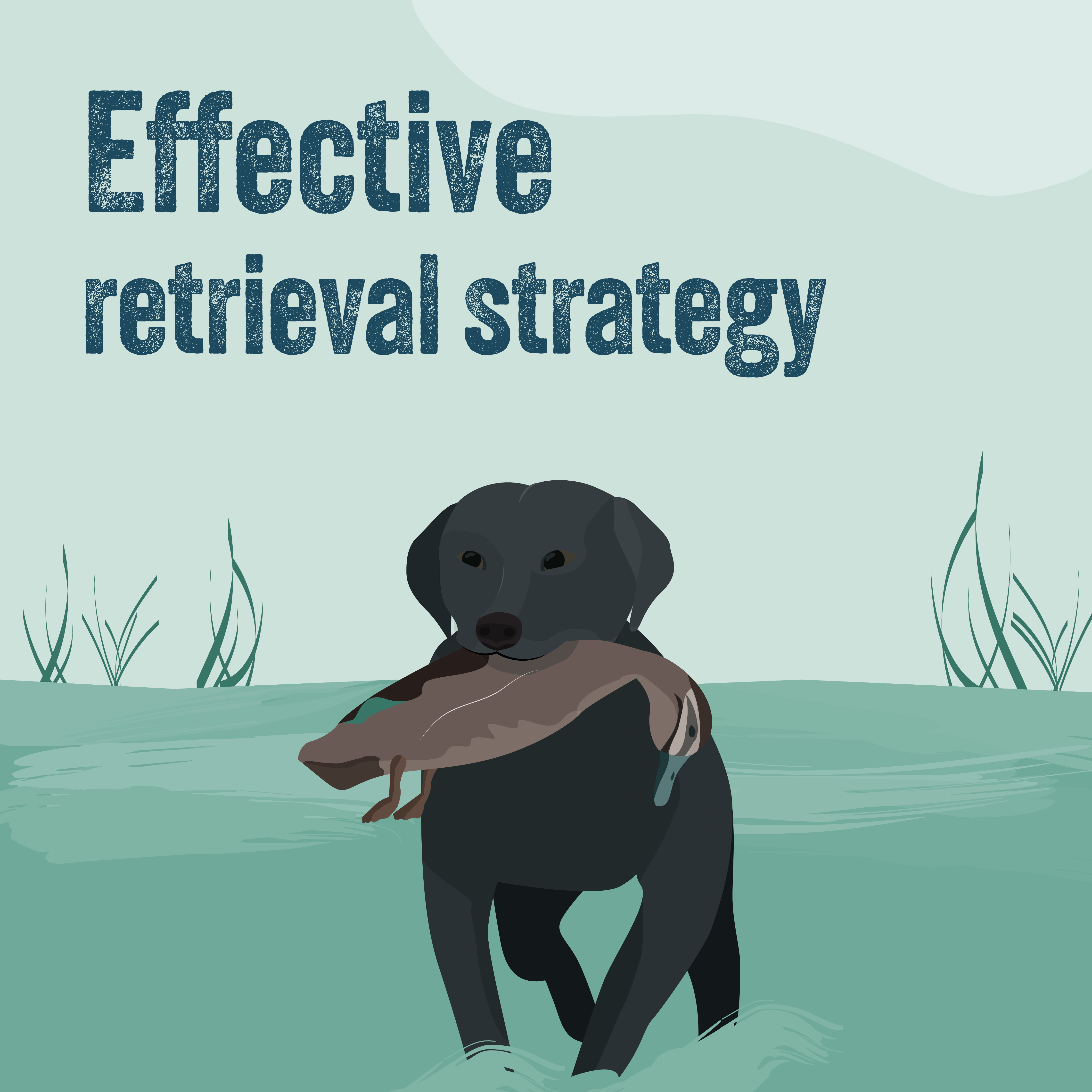 A successful hunt requires a well thought out retrieval strategy.
A successful hunt requires a well thought out retrieval strategy.
The regulations require all duck hunters to make all reasonable efforts to immediately recover any game birds that have been downed. If you down a bird, recovering it must be the sole focus of your attention. Don’t shoot at another bird until you have made every effort to successfully bring the bird to hand.
There are a number of strategies and preventative measures you can take that will limit the chances of losing a downed bird:
- Use a well-trained gundog
- Use swatter loads (shot sizes 6-7) to dispatch downed birds
- Avoid hunting over heavy cover
- Don’t take your eye off a downed bird and retrieve it immediately. Work with your hunting buddies to help locate the downed bird
- Identify shooting zones within your decoy spread where downed ducks can readily be retrieved
- Reserve your second shot for an already struck bird. Don’t fire at another bird.
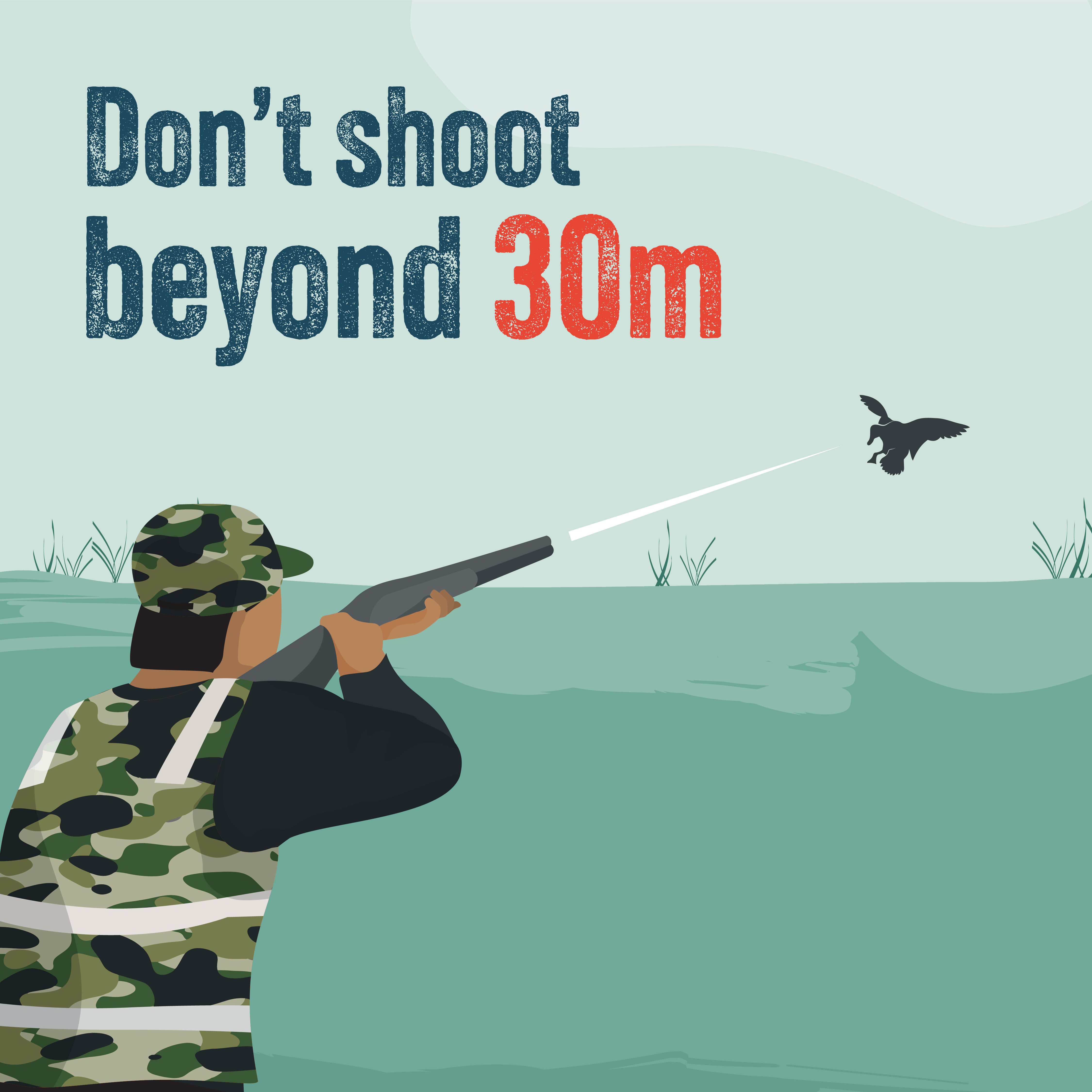 Knowing your maximum shooting skills distance and only shooting at birds within it will make you a more successful hunter and reduce the risk wounding.
Knowing your maximum shooting skills distance and only shooting at birds within it will make you a more successful hunter and reduce the risk wounding.
Generally, most hunters have a maximum shooting skills distance of no more than 30 metres. If hunters just kept their shots below 30 metres, wounding would be significantly reduced.
The chance of wounding a gamebird increases as the shot distance increases. Fringe hitting (i.e. catching birds in the outer edge of the pattern) increases and pattern density and pellet penetration decreases as distance increases, contributing to more lost birds and greater wounding.
Hunters should practice estimating distances regularly. Use markers in the field (such as decoys) to set out your maximum shooting skills distance so you know when birds are within range.
More information about identifying your maximum shooting skills distance and how to be a better game bird hunter can be found in the Be a Better Game Bird Hunter handbook.
The Gamebird Hunting Essentials Masterclass is also available to keen hunters looking to become a more effective game bird hunter.
The video below provides handy tips on how you can keep your shots to under 30 metres by practicing estimating distances and setting markers (such as decoys) in the field.
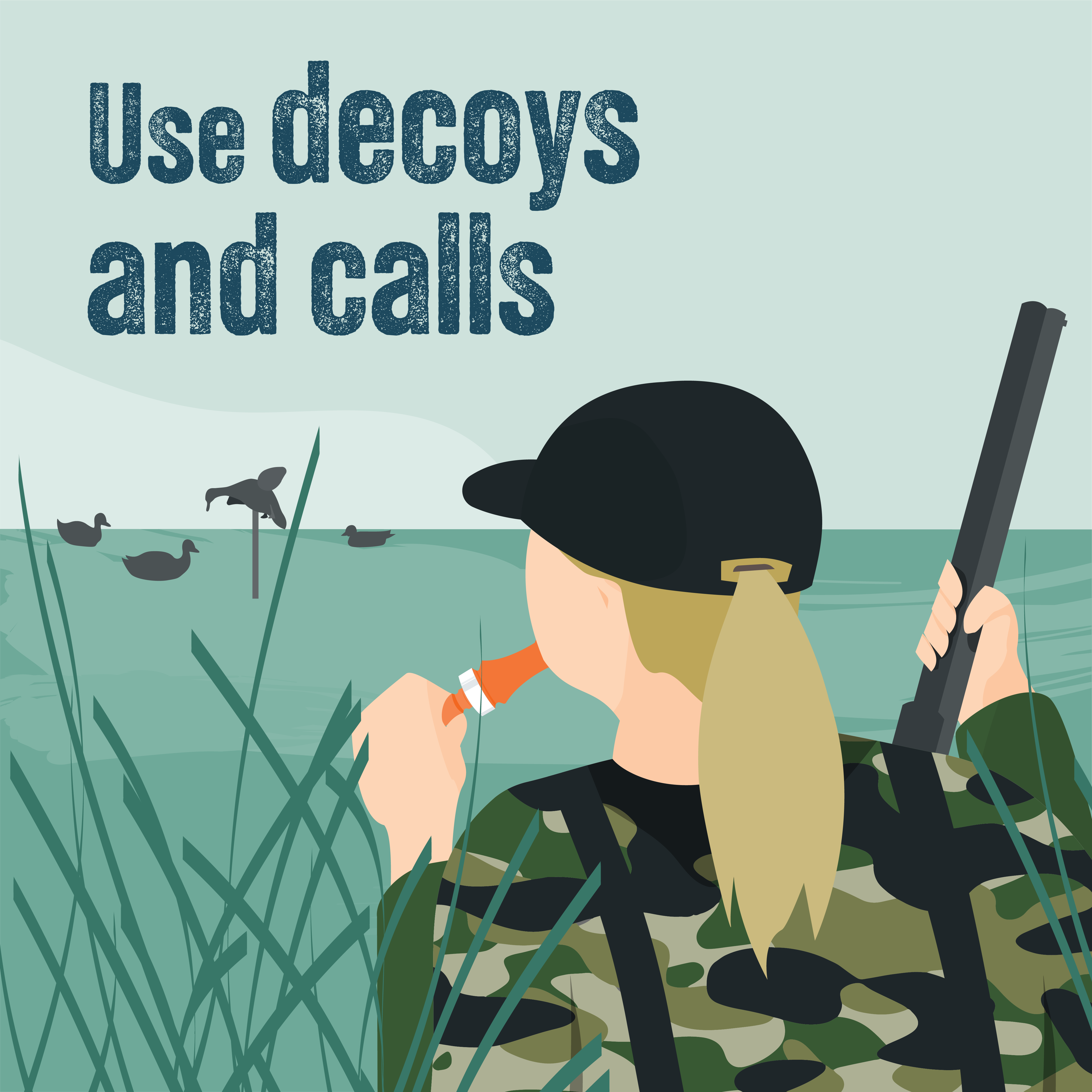 Decoys are designed to attract waterfowl within effective shooting range. When used correctly, decoys greatly improve the success of waterfowl hunters.
Decoys are designed to attract waterfowl within effective shooting range. When used correctly, decoys greatly improve the success of waterfowl hunters.
Study waterfowl behaviour, where and when they rest and feed, what makes them feel safe and secure, and the flight paths they use. This will help in your decoy pattern and site selection.
Key points for effectively using decoys:
- Limit your movement within the hide until ducks are within range and immediately prior to firing at a duck that is within range.
- Ducks generally land into the wind
- Allow open water between the decoy spread for ducks to land
- Set decoys marking your maximum shooting skill distance and don’t shoot at ducks beyond these
- Make sure your decoys can be seen and are not covered in shadow
- Move your decoys according to how the ducks are responding and in response to any wind changes
- Use other tactics, such as confidence decoys, silhouettes and moving (motorised decoys) to mimic realistic conditions
The duck call is an effective tool that can bring waterfowl into range. However, calling alone results in limited success.
Good calling is one part of an effective, integrated hunting strategy that will include a properly laid out decoy spread, a well-scouted hunting location, and effective concealment and camouflage. There is a huge difference between a good duck caller and a duck ‘blower’. If you fall into the latter category, practice is essential. Excessive calling or bad calling will scare birds away.![]()
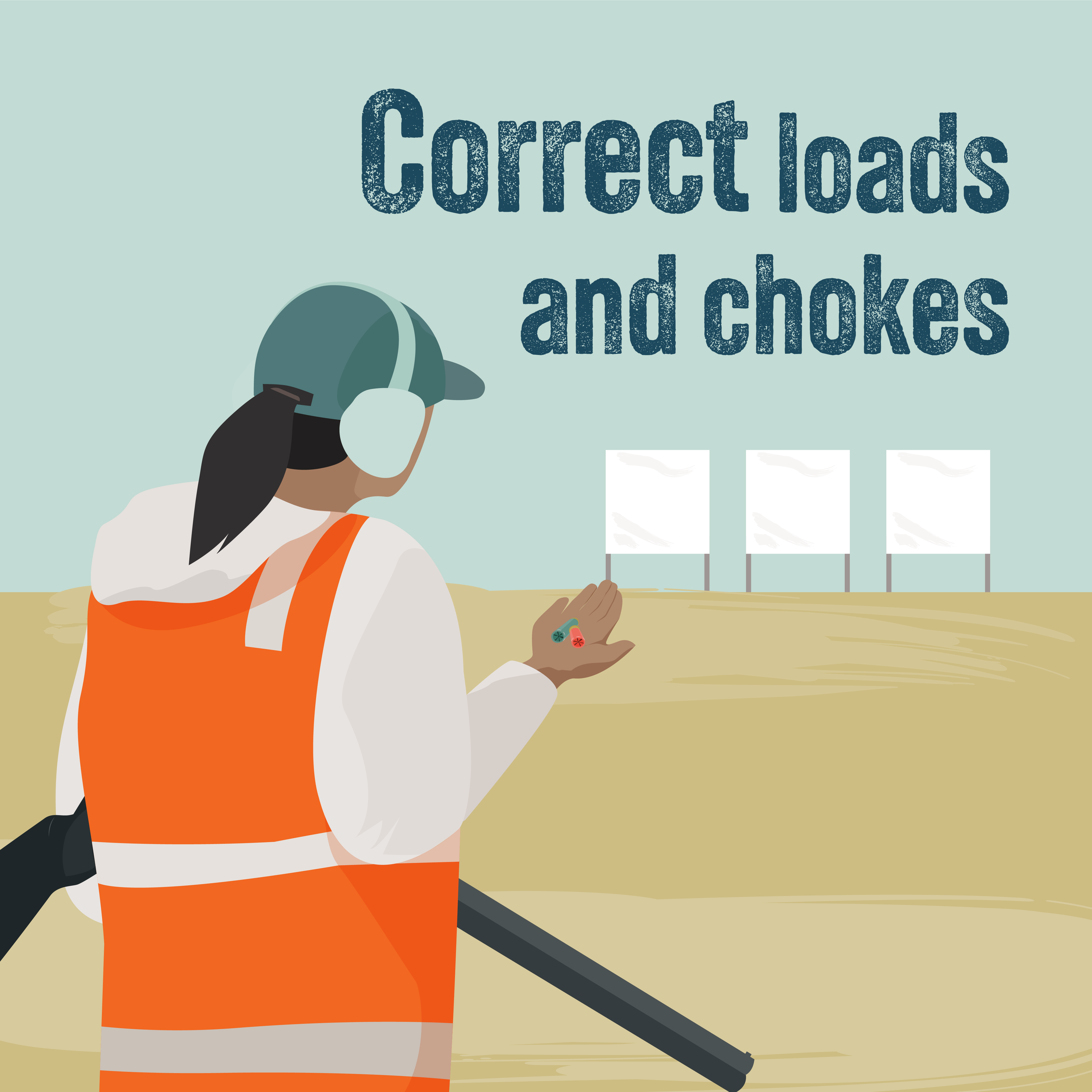 Only non-toxic shot can be used for duck hunting in Victoria. The most economic and readily available shot type is steel, but others like bismuth and tungsten are also available, yet more expensive.
Only non-toxic shot can be used for duck hunting in Victoria. The most economic and readily available shot type is steel, but others like bismuth and tungsten are also available, yet more expensive.
Chokes recommended for duck hunting are marked IC (Improved Cylinder) and M (Modified) This choke combination has been found to be best for all of Victoria’s game ducks at close to moderate distances.
To select the correct load, it is important to pattern test at a distance no more than your effective shooting skills distance (30 meters for most hunters). Loads with the shot sizes 5, 4 and 3 are a good starting point. Loads with 32, 34, 36 grams of shot in the cartridge are preferable, however, remember the heavier the load, the more felt recoil you will experience. Try ammunition from a number of manufacturers in different shot sizes and payloads with different combinations of chokes until you find the one that achieves the best pattern for the birds you intend to hunt.
You want to select a load and choke combination that produces a pattern with the minimum pellet count (density) (refer to Tom Roster’s Lethality Table) to achieve a lethal outcome with not too much felt recoil.
The videos below provide handy tips on how to select the right load and choke combinations.
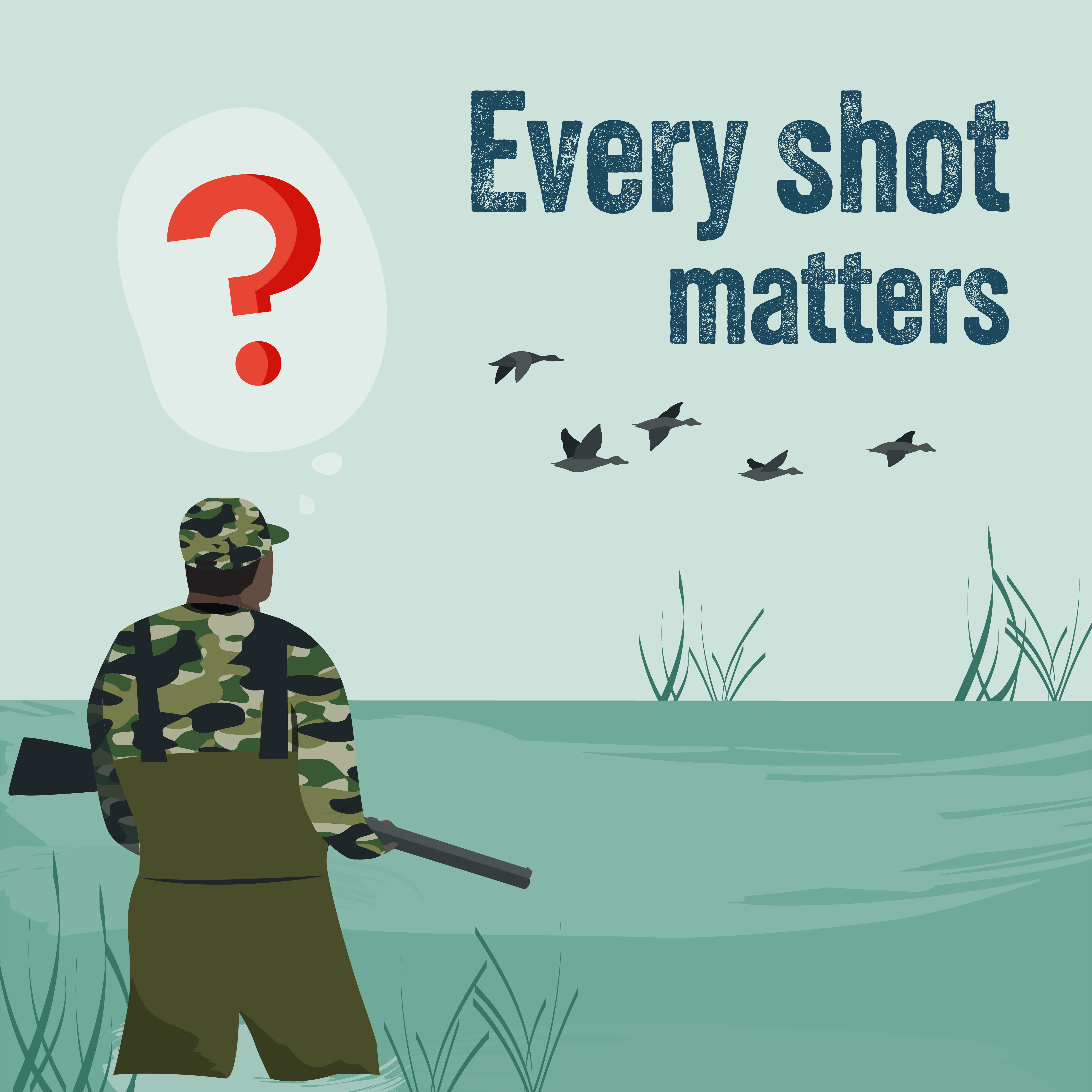 Every time you pull the trigger, there is a chance that a bird may be wounded. Don’t fire in hope, as that will often lead to a wounded bird.
Every time you pull the trigger, there is a chance that a bird may be wounded. Don’t fire in hope, as that will often lead to a wounded bird.
Practice self-restraint. Another opportunity will present if you pass up a bird that is outside your maximum shooting skills distance.
Pick your shots. Hunt lone birds or birds that are trailing or to the side of a flock. Never fire at lead birds or into flocks.
Understand your limits and hunt within your maximum shooting skills distance. Don’t fire at birds beyond 30 meters.
A ‘going away’ bird has a thick muscular gizzard protecting its vital organs so avoid shooting at ‘going away’ ducks.
If you follow the guidance here, you will greatly increase your success and REDUCE wounding.![]()
Education tools
There is a range of education tools and resources on how to be an efficient and effective hunter and reduce waterfowl wounding, including:
- Be a better game bird hunter
- Introduction to game bird hunting
- Guidelines for the humane dispatch of downed ducks
- Duck WISE DVD
Videos
Regular practice - Clay target shooting
Pattern testing
Knowing your maximum shooting skills distance
Selecting the right load combinations.
Selecting the right choke combinations.
Wounding reduction action plans
The Victorian Government’s Sustainable Hunting Action Plan (SHAP) 2021 – 2024 commits to developing duck, quail and deer wounding reduction action plans.
As required under SHAP, the Game Management Authority (GMA) has established a working group with an independent chair to provide advice to the GMA on developing and implementing the wounding reduction action plans in Victoria.
A Waterfowl Wounding Reduction Action Plan has been published by government. The Action Plan documents six action areas to reduce wounding in duck hunting. They include the hunting community taking a leadership role in addressing wounding and establishing a culture of no tolerance of wounding behaviours, raising hunter awareness of the problem and outlining a range of actions to address it. Importantly, the Action Plan requires that wounding losses are now factored into the annual duck season harvest quota (see Adaptive Harvest Management for game duck hunting in Victoria - Game Management Authority for more information). A monitoring program has been established to track and assess the effectiveness of actions to reduce wounding.
A Code of Ethics for Duck Hunters has also been prepared under the Action Plan. Hunters are encouraged to abide by the Code to practice behaviours that reduce wounding.
The preparation of a wounding reduction action plan for quail has commenced. The action plan for deer will be prepared after that.
Please check this page for updates on the status of wounding reduction action plans